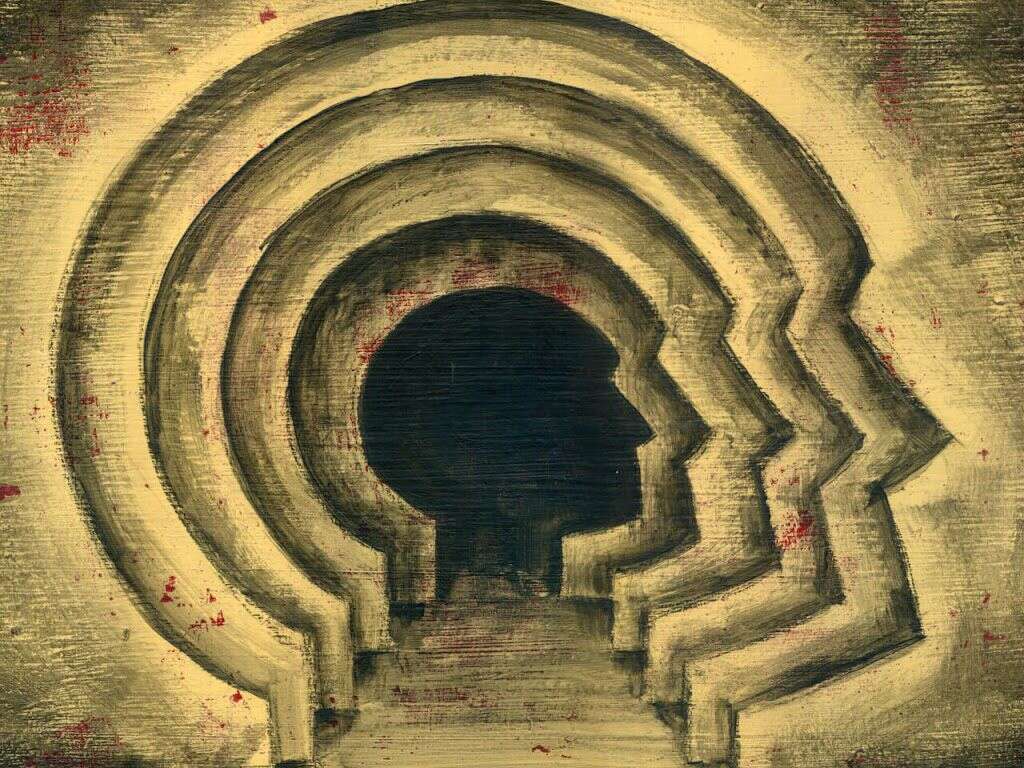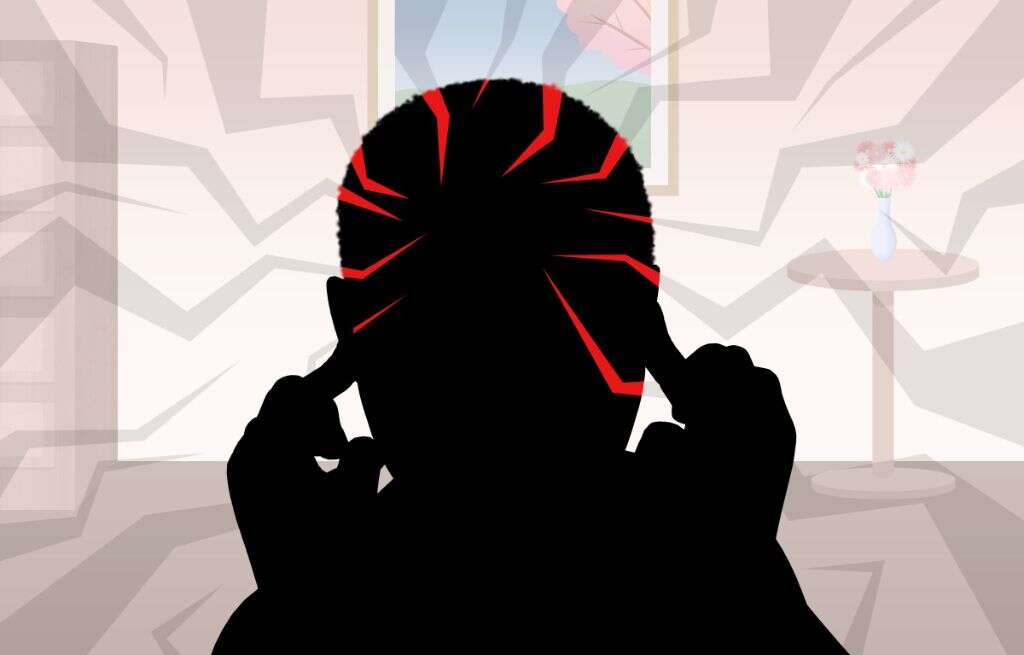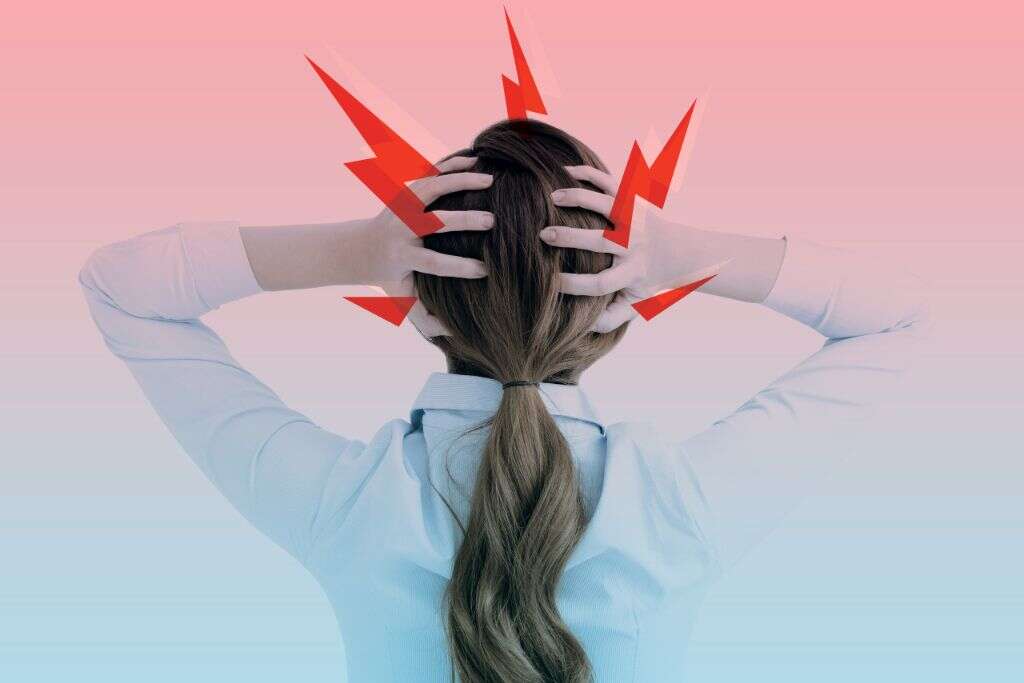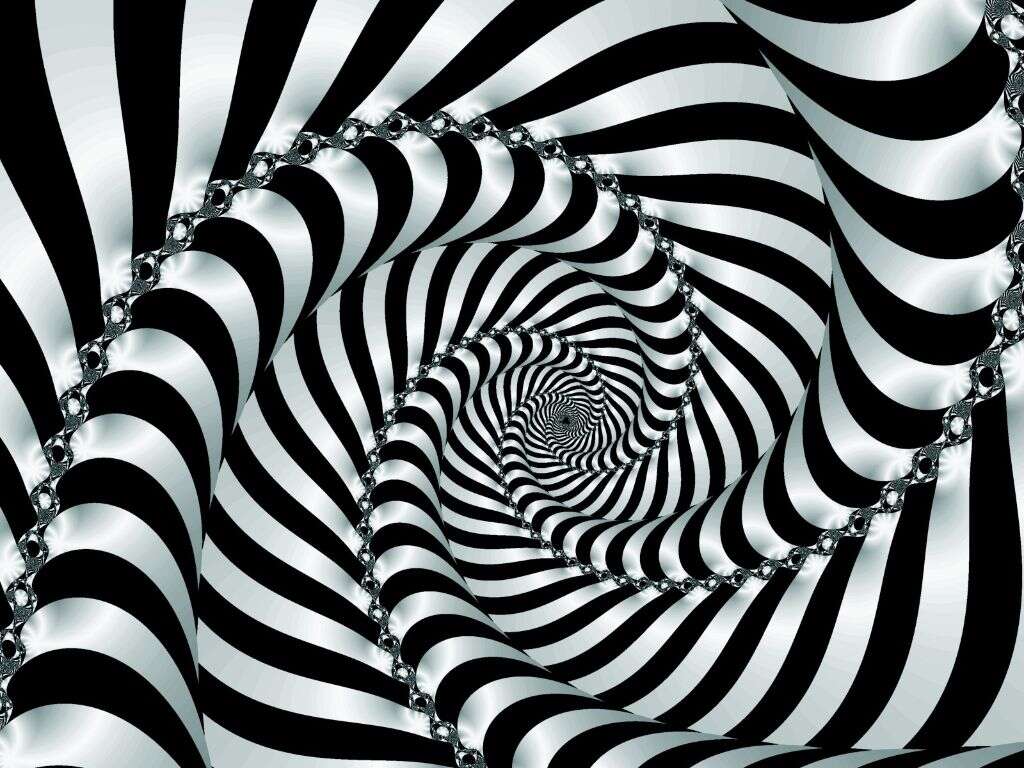What Is Alice in Wonderland Syndrome?
The term Alice in Wonderland Syndrome (AWS) was first coined in the 1950s by British psychiatrist Jon Todd to describe episodes of altered reality. Patients with this syndrome describe feeling larger or smaller than normal and having other strange visual and auditory perceptions of the world. The episodes last up to 30 minutes and occur at frequencies varying from several times per day to once per month or less.
Todd named the suite of symptoms after the children’s book “Alice’s Adventures in Wonderland” by Lewis Carroll. First published in 1865, this fantastical story describes a little girl, Alice, who falls down a rabbit hole into a magical world where the ordinary rules of reality do not apply. Read these 10 facts about AWS to discover its treatment, cause, and what its symptoms have in common with the beloved children’s book.

1. Misperception of Body Size
The primary symptom reported by most people with Alice in Wonderland Syndrome is a misperception that his or her body, or a part of the body, is a different size than normal. Macrosomatognosia is the term for feeling larger and microsomatognosia for feeling smaller than usual. The parts of the body most commonly affected are the head and hands, which are usually perceived as too large.
Probably the best-remembered scene from “Alice’s Adventures in Wonderland” is in Chapter 2, after Alice reaches the bottom of the rabbit hole. She discovers a bottle with a sign that says “drink me” and after doing so, shrinks to a height of 10 inches. She then finds a small cake with the words “eat me” spelled out in currants, and after eating it grows to 9 feet tall. A little fan and pebbles that turn into cakes also cause her to shrink. Later her neck lengthens and is mistaken by a bird for a snake.

2. Misperception of Object Size and Distance
Dysmetropsia is the term for feeling that objects and people around you are a different size from normal. It is known as micropsia when things appear to grow smaller and macropsia when they grow larger. Children with AWS often perceive objects around their beds getting smaller. Many objects seen by Alice in Wonderland are the wrong size: doors, keys, animals, teardrops, etc.
Because the brain interprets smaller objects as being farther away, the misperception of size is often confounded with that of distance. For example, Alice exclaims, “’…now I’m opening out like the largest telescope that ever was! Good-bye, feet!’ (for when she looked down at her feet, they seemed to be almost out of sight, they were getting so far off).” The feeling that things are closer to you than they really are is termed pelopsia, and feeling that they are farther away is teleopsia.

3. Altered Sense of Time
Many factors can affect a person’s perception of time. For example, age, personality, cultural background, and engagement in an activity all contribute to whether time seems to “fly” or to “drag on.” People in crisis situations often report that they see things happening as if in slow motion. However, for people with AWS, perception of time becomes altered in ways not predicted by circumstance.
An example of time distortion in AWS would be walking across a room and feeling that you moved at super-human speed. Another example would be asking someone a question and feeling that he or she looked at you for several minutes before answering, when in actuality the person responded after only a brief pause. For Alice, time was altered as she fell down the rabbit hole; Carroll describes it by writing “Either the well was very deep, or she fell very slowly, for she had plenty of time as she went down to look about her and to wonder what was going to happen next.”

4. Visual and Auditory Distortions
Some people with AWS experience vivid hallucinations. Alice had zoopsia when she saw animals talking and wearing clothes and kinetopia as she perceived playing cards moving on their own. Other types of visual distortions can include dyschromatopsia (seeing colors incorrectly), entomopia (seeing a grid of the same image), palinopsia (seeing afterimages), polyopia (seeing more than one of everything), visual allachesthesia (seeing images transposed horizontally or vertically), and prosopometamorphopsia (seeing distortion in faces).
Auditory distortions can entail hearing words not actually spoken but more often involve a misperception of volume. Perceiving that small sounds are unbearably loud or irritating is known as hyperacusia, while a temporary loss of hearing is hypoacusia. Other distortions are possible; for example, at one point in the story, Alice tries to repeat a poem to herself, but “her voice sounded hoarse and strange, and the words did not come the same as they used to do.”

5. Depersonalization and Feelings of Unreality
Other symptoms of AWS are difficult to describe because they are characterized by an overall feeling of unreality. People report feeling as if they have lost control of their arms and legs and that they can’t control what they are doing. Some feel depersonalization, as if they are not themselves, or even that they have been split in half, a phenomenon known as somatopsychic duality.
In Wonderland, Alice expresses feelings of depersonalization. She asks herself, “But if I’m not the same, the next question is, who in the world am I? I wonder if I’ve been changed in the night?” She temporarily comes to the conclusion that she somehow has been exchanged for another child in her class at school. Later she tells a caterpillar that she does not know who she is, because she has been changed several times that day.

6. Migraines
Because so many people with AWS also suffer from debilitating headaches, some physicians consider AWS to be nothing more than an extreme migraine symptom. In particular, they consider the visual disturbances to be auras. Typical auras appear as halos around lights, flashes of light, blurry spots, or zigzag shapes in the field of vision.
Although the Red Queen does want to chop off her head, Alice never complains of head pain. The author Lewis Carroll, however, was a confirmed migraine sufferer. In his journals he describes his headaches as “bilious,” vomit-inducing, and causing visual distortions. It is possible that his experiences were inspiration for those of Alice in Wonderland.

7. Causes of AWS
The exact cause of AWS is unknown; however, it is clear that someone experiencing episodes does not have a mental illness, an underlying medical problem, or damage to the eyes. The part of the brain thought to be responsible for AWS symptoms is the temporoparietal-occipital carrefour (TPO-C). This is the location where the brain makes sense of visual-spatial and sensory information. Changes in electrical activity in this area can cause abnormal blood flow, and thus result in skewed perceptions of reality.
Altered electrical activity to the TPO-C region is correlated with the following illnesses: mononucleosis; Epstein-Barr syndrome; Lyme disease; H1N1 influenza; temporal lobe epilepsy; brain tumors; brain trauma; acute disseminated encephalomyelitis; and intoxication with dihydrocodeine, topiramate, or other psychoactive drugs. However, most cases occur without the presence of any of these.

8. Occurrence of AWS
Since 1955, about 170 cases of AIWS have been reported. It is regarded as a rare condition, thought to affect 10 to 20% of the population. However, few studies have been done, especially on an epidemiological scale. In one study of Japanese teenagers, 6.5% of boys and 7.3% of girls perceived objects growing larger and smaller.
Many doctors have never heard of AWS, and there is no one set of standards used to diagnose it. Thus, it probably goes unreported in a majority of cases. Many articles giving first-hand accounts of experiences have been written and forums exist on social media where sufferers can share their stories and support each other.

9. Treatment
There is no accepted treatment for AWS. If a virus is suspected to be causing the symptoms then treatment for the infection will be given. Patients are instructed to stay calm during an episode. To avoid injury from falling due to misperceptions in the distance or size of objects, they should lie or sit down until it passes.
Medications prescribed for migraines, including various anticonvulsants, antidepressants, calcium channel blockers, and beta-blockers sometimes provide relief. The so-called “migraine diet” is also reported to help with symptoms. This diet is based on avoiding ingredients like caffeine, alcohol, citrus fruits, and chocolate that trigger headaches.

10. Prognosis
People who experience episodes of AWS need not worry they are losing their minds or have an underlying serious illness. While the episodes can be disorienting, they do not cause any actual harm. Although there are chronic cases, most people have only a few episodes in their lifetimes. In most cases, the episodes stop occurring as unexpectedly as they began.
An episode of AWS does not have to be an experience that causes shame or fear. Lewis Carroll was able to use his otherwise debilitating symptoms as inspiration for a cherished children’s story. Who knows what the next creation based on this intriguing, temporary brain malfunction might be?












